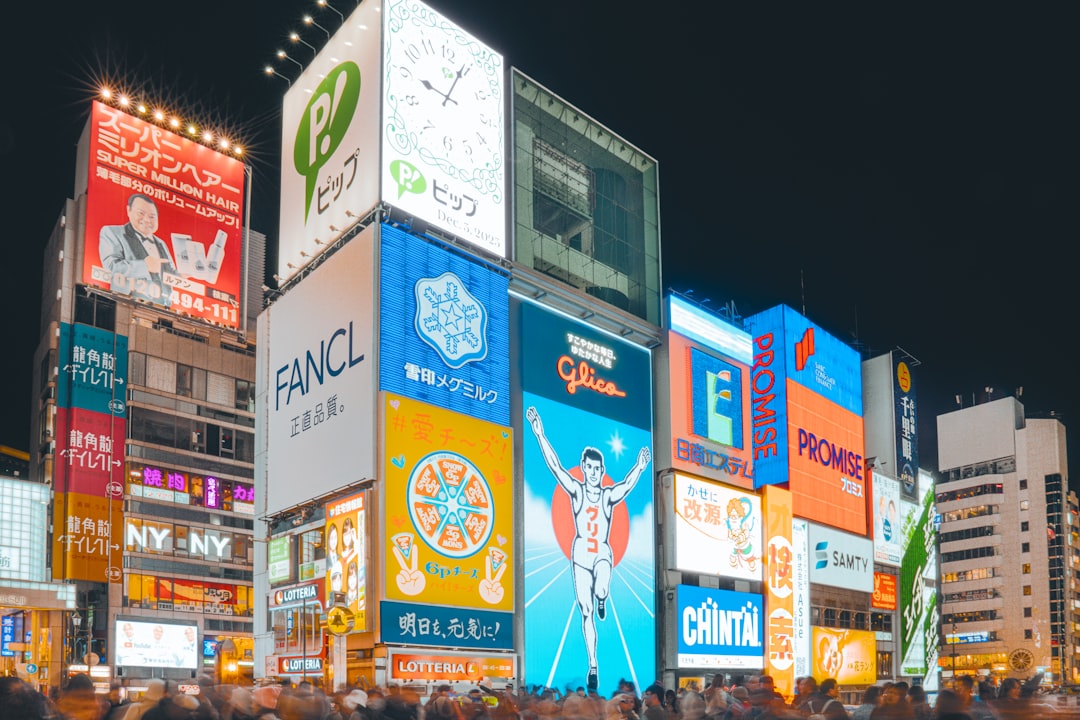As the internet continues to expand globally, businesses across the world are increasingly targeting international markets to boost visibility and generate revenue. This trend has made Multilingual Search Engine Optimization (SEO) more important than ever before. In 2025, with rapid advancements in AI-driven translations, localization platforms, and cross-border e-commerce, one strategic question remains highly relevant: Should businesses opt for translation or transcreation in their multilingual SEO strategies?
Understanding the difference between these two approaches—and their implications on SEO—can significantly impact your organization’s ability to rank internationally while preserving brand integrity.
What Is Multilingual SEO?
Multilingual SEO refers to the process of optimizing your website content for different languages, enabling search engines to index your pages correctly and delivering relevant content to users in their native language. This not only improves user experience but also shows Google and other search engines that your site is relevant to diverse linguistic audiences.
However, translating content alone is not enough. It needs to be optimized both linguistically and culturally. This is where the crucial distinction between translation and transcreation comes into play.
Translation vs Transcreation: Definitions
- Translation: The literal or near-literal conversion of written content from one language to another, preserving the original wording and meaning.
- Transcreation: A more creative process where content is adapted to a different culture and language, sometimes rewritten entirely, in order to resonate emotionally and contextually with the target audience.
At first glance, translation may seem like the logical and cost-effective step. But in the highly competitive landscape of 2025, where user engagement metrics and domain authority play key roles in SEO performance, translation might not always be enough.
SEO Implications of Translation
Translation allows businesses to reach broader audiences quickly and at a lower cost. Automated tools like DeepL, ChatGPT-trained models, and other AI-based services have made translations faster and more accurate. For straightforward content such as FAQs, product specifications, or legal disclaimers, translation is often sufficient.
However, here are some potential shortcomings:
- Loss of Context: Literal translations may ignore idiomatic expressions or cultural relevance.
- Keyword Mismatch: Translated content may fail to incorporate keywords that actual users are searching for in that language.
- Decline in Engagement: Unnatural or robotic-sounding language can reduce time on page and increase bounce rates.
In essence, if your SEO strategy is dependent on content ranking well in local SERPs, relying purely on direct translation might result in underperformance.
The Case for Transcreation
Transcreation is designed specifically to overcome the limitations of direct translation. By focusing on meaning, context, and emotion, it ensures that your content connects with local audiences in the same powerful way it does in its source language.
For example, consider a campaign tagline like: “Boost your sales with smart software.” A literal translation in German might carry the message, but a transcreated version would capture the tone and intent, possibly rendering it in a more idiomatically appealing way that resonates with local users.
Transcreation is especially important for:
- Marketing and advertising copy
- Product naming and branding
- Social media and influencer campaigns
- Any high-impact visibility content

From an SEO perspective, transcreated content often outperforms simple translation in terms of local keyword relevance, user engagement, and backlink acquisition.
Keyword Research: The Linchpin of Multilingual SEO
Regardless of whether you choose translation or transcreation, one non-negotiable step in multilingual SEO is keyword research. Keywords do not translate literally; consumer behavior and search intent vary geographically, even within the same language.
For instance, the English word “sneakers” translates to “chaussures de sport” in French. However, French users may more commonly search for “baskets.” Only detailed keyword research can determine that, and this is where transcreation often has the upper hand—it prioritizes context and intent over exact phrasing.
Tools like Google Keyword Planner, SEMrush, and Ahrefs all offer region-specific data, but human oversight is still required to interpret data and apply it effectively across different cultures and market segments.
Costs and ROI Considerations
Translation is generally cheaper and faster, which makes it attractive for businesses seeking quick market penetration. But cost-efficiency may come at the expense of performance, brand perception, and long-term value.
Transcreation, on the other hand, involves higher upfront costs due to the need for culturally aware copywriters, native SEO specialists, and potentially divergent content strategies across regions. However, the ROI can be substantially higher over time, as higher engagement and loyalty often translate into stronger domain authority and improved SERP positioning.
Case Studies and Contextual Applications
Consider two e-commerce retailers expanding into South America. The first opts for translated content. While technically functional, their site fails to connect with users emotionally and sees low conversion rates. The second retailer engages a local transcreation partner, aligning product descriptions with consumer sentiment, adjusting CTAs, and integrating relevant cultural references. The result is a 35% increase in organic traffic after three months and significantly higher user retention rates.

These differences are tangible and illustrate the vital role that deeper localization—via transcreation—can play in digital marketing and SEO strategy.
When to Choose Translation, Transcreation, or Both
Ultimately, the decision depends on your business goals, budget, and content type. Here’s a guide:
- Use Translation for:
- Technical documentation
- Legal terms and conditions
- Product manuals
- Low-priority or non-branded pages
- Use Transcreation for:
- Landing pages
- Marketing campaigns
- Homepages and about pages
- Social and influencer-driven content
Some mature international businesses even use both methods on the same site, selecting the most appropriate method for different URL categories. Martech platforms in 2025 now often include workflow automations that help classify and route content pieces automatically for either translation or transcreation, incorporating stakeholder approvals and SEO team sign-off.
Conclusion
In an increasingly global digital economy, businesses cannot afford to approach SEO as a one-size-fits-all solution. While translation offers speed and scalability, transcreation delivers authenticity and engagement. The best strategy for multilingual SEO in 2025 is a balanced, data-informed hybrid that uses each method where it excels most.
By understanding the distinction and aligning your strategy with your market’s cultural and linguistic nuances, you not only improve rankings but also build lasting relationships with customers around the world. After all, effective communication is not just about speaking the same language—it’s about being understood, trusted, and valued.



